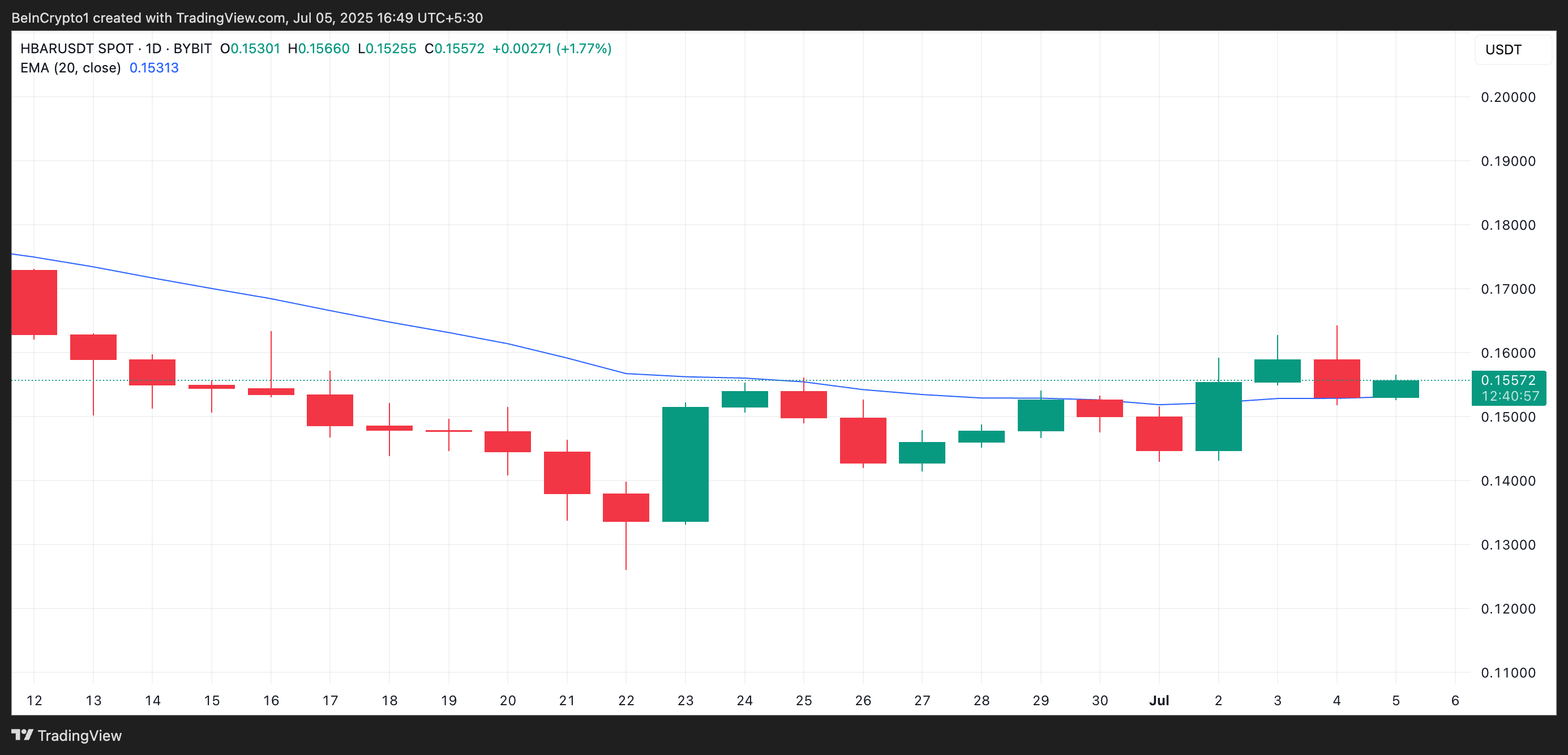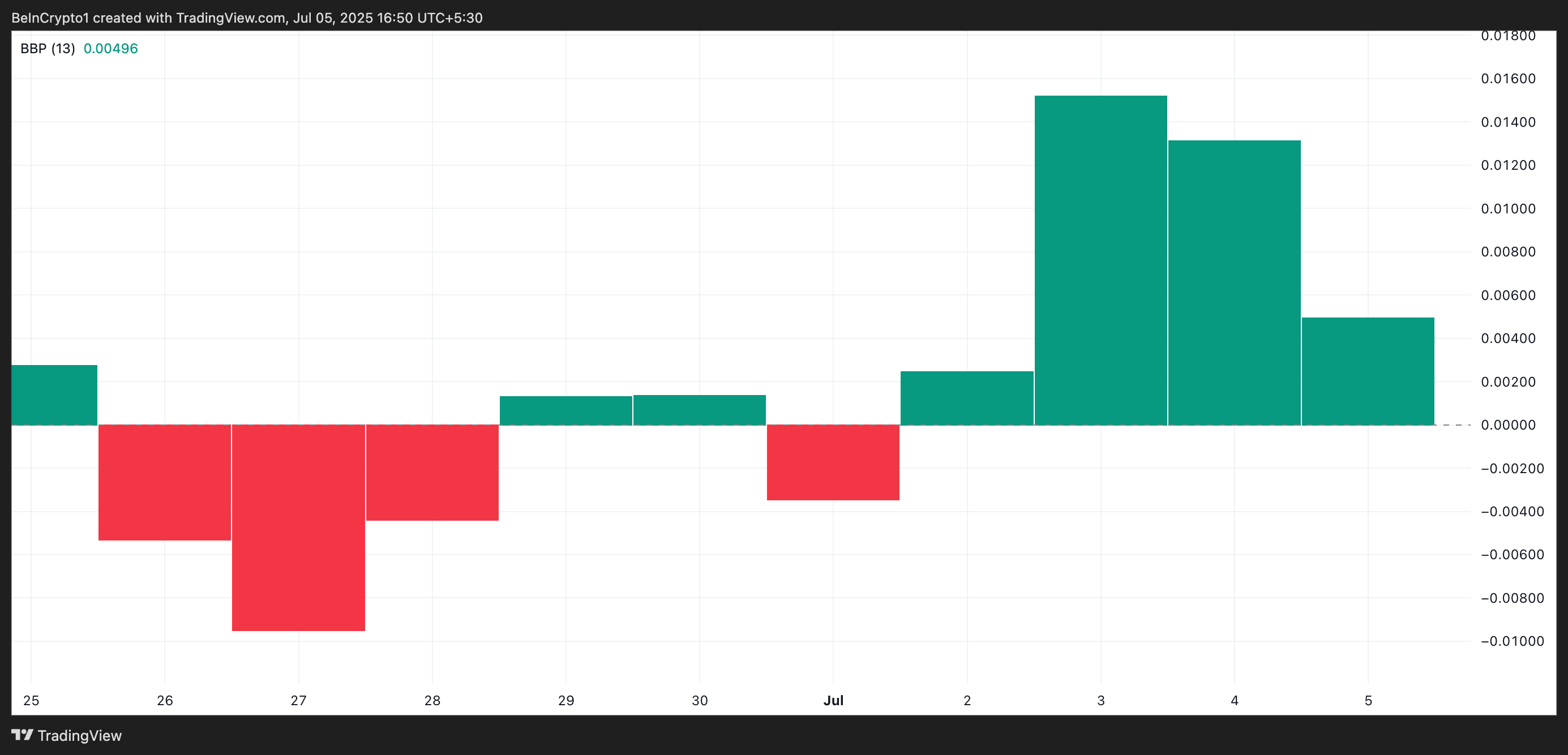
The post Firing Powell Could Set Dangerous Precedent and Hurt Crypto, Warns Pompliano appeared first on Coinpedia Fintech News
Crypto investor Anthony Pompliano recently criticized President Trump’s recent threat to fire Fed Chair Jerome Powell, and warned that such a move would undermine the institutional independence of the Fed and set a bad precedent, particularly for Bitcoin, stocks and hurt the global confidence in US economy.
“I do not believe that the President of the United States should come in and unilaterally fire the Fed President,” he said. “The idea of firing the Fed chairman is a very bad precedent to set this way.”
Pompliano’s comments come after Trump called out Powell on his truth Social post for not cutting the interest rates soon, as he said “Powell’s termination cannot come fast enough!” He noted that the Fed already seems political to some and warned that firing Powell could only make things worse.
Not Sacrificing Fed Independence for Crypto Gains
Anthony, despite being a known critic of the Fed himself, remarked that it’s wrong to fight wrongdoing with more wrongdoing. He stressed that protecting the Fed’s independence is more important than the short-term gains. While he acknowledged that rate cuts often boost crypto markets, especially Bitcoin, he emphasized that such gains shouldn’t come at the cost of damaging a key financial institution.
Senator Warren Says It Could Crash Markets
Senator Elizabeth Warren also warned that firing the Fed Chair could seriously hurt investor confidence and crash the markets. In an interview with CNBC, she said that if the Fed is seen as controlled by the President, then it could harm the US economy and make America look like any other “two-bit dictatorship” instead of a stable democracy.
“A big part of our economy strong, and a big part of the world economy strong, is the idea that the big pieces move independently of politics,” Warren said during an appearance on CNBC.
Pompliano agreed with the concerns, warning that such a move sets a dangerous precedent where future monetary policy decisions might be driven by politics rather than data. If investors begin to believe the Fed is no longer impartial, the consequences could be serious, he says.
The Climate Is Changing!
Earlier this week, Powell said that it’s time for clear rules on stablecoins and acknowledged that digital assets are now firmly on the Fed’s radar. In a speech at the Economic Club of Chicago, he said, “The climate is changing,” highlighting crypto’s growing role in the financial system.
Trump and some Republicans have renewed pressure to remove Powell over his cautious stance on rate cuts. The Fed last cut rates in December 2024. While Powell insists on seeing clear signs of falling inflation before making any moves, Trump is concerned that other central banks like the ECB have already cut rates multiple times in 2025.
Opportunity For Bitcoin?
At the same time, experts believe that if the US dollar weakens due to the uncertainties, it could actually help Bitcoin. They believe that a weaker dollar could drive more people to invest in crypto to protect their money.
Why did Pompliano criticize Trump’s call to fire Powell?
Pompliano warned that this would undermine the Fed’s independence and hurt investor confidence, particularly in Bitcoin and global markets.
Why is Trump critical of Powell’s rate policy?
Trump criticized Powell for not cutting rates quickly enough, and is frustrated that other central banks have already made cuts.
The post Firing Powell Could Set Dangerous Precedent and Hurt Crypto, Warns Pompliano appeared first on Coinpedia Fintech News
Crypto investor Anthony Pompliano recently criticized President Trump’s recent threat to fire Fed Chair Jerome Powell, and warned that such a move would undermine the institutional independence of the Fed and set a bad precedent, particularly for Bitcoin, stocks and hurt the global confidence in US economy. “I do not believe that the President of …






 (@APompliano)
(@APompliano) 


